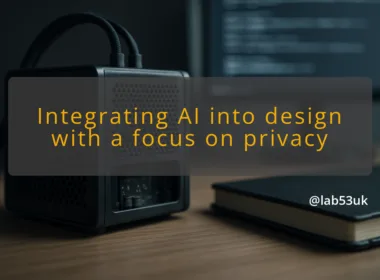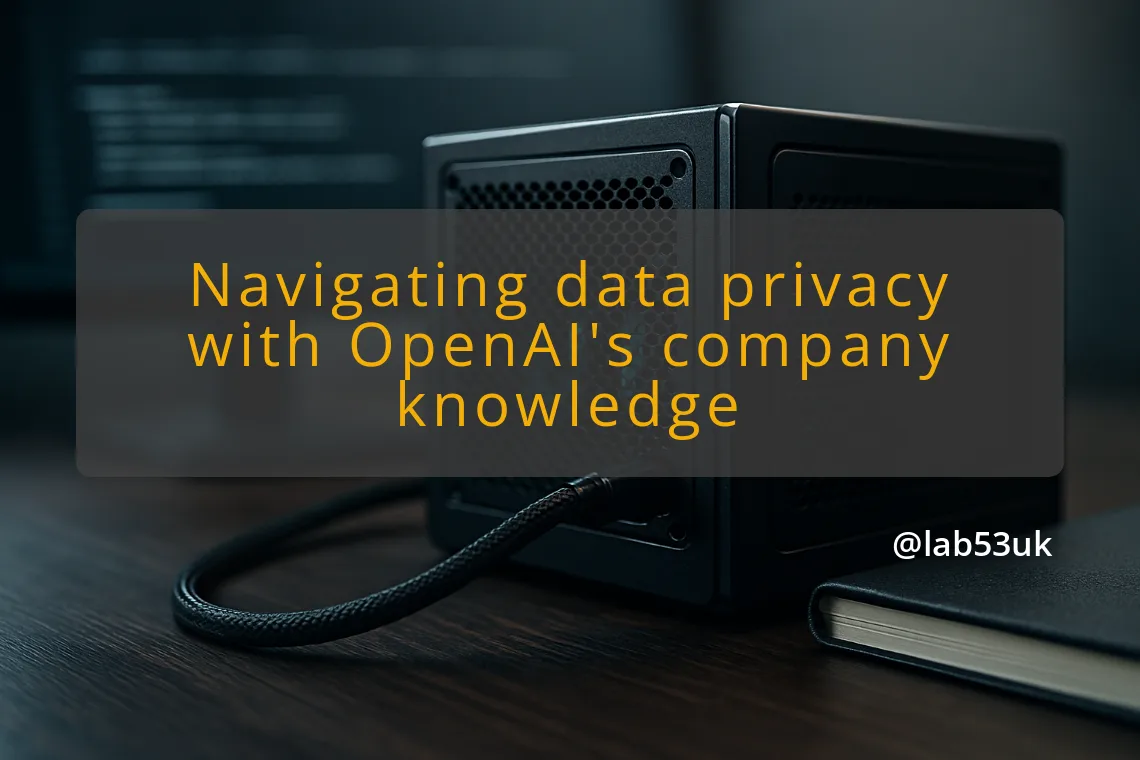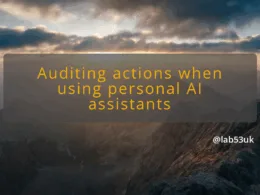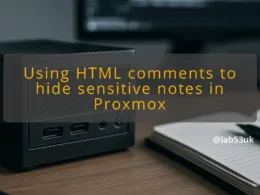Managing Data Privacy with OpenAI’s Company Knowledge: A Practical Guide for UK Enterprises
Company Knowledge changes the game for Data Privacy. It links ChatGPT to internal apps like Slack, SharePoint, Google Drive and GitHub and can pull context from many sources. That improves answers, and it raises clear data security and usage questions. I show what to check, how to lock things down, and the steps I take before I flip the switch.
Key considerations for data privacy
Assessing data access levels
Start by mapping what Company Knowledge can reach. List every connector you plan to enable. Typical sources include Slack, SharePoint, Drive and GitHub. For each source note:
- exact folders or channels to be indexed,
- which service accounts or scopes are granted,
- whether tokens are long lived or rotated.
Give priority to high-risk stores. Treat anything with personal data, payment data, or IP as high risk. Set a rule: do not enable broad file-system or full-space indexing until classification is sorted. I aim to reduce exposure to the smallest possible subset of data.
Understanding data use restrictions
Read the vendor statements and contract clauses word for word. The vendor may say it will not access information a user cannot view. Treat that as a starting point, not a guarantee. Ask four direct questions:
- Can the vendor use my data to train models?
- Where is ingested data stored, and for how long?
- Who has admin access to the ingestion pipeline?
- What audit logs are created and who can see them?
Get answers in writing. If a clause is vague, add an amendment that restricts use to diagnostic tasks only, with explicit deletion windows.
Evaluating vendor trustworthiness
Look for independent proof, not slogans. Request SOC 2 Type II reports, ISO 27001 certificates, and recent penetration test summaries. Ask about data residency options. If the vendor offers a private instance or customer-isolated model, note the cost and the control trade-off. Few providers will hand over source code or model weights. Treat that as a red flag if your data classification demands strict isolation.
Implementing strong governance policies
Apply a clear, enforced policy set. I keep policies short and executable. Example policy elements:
- Only approved connectors may be enabled.
- Data classification must be completed before indexing.
- Access reviews every 90 days.
- Admin roles split: one team grants connectors, another monitors logs.
Use role-based access control. Give the smallest privilege that lets a person perform their job. Automate provisioning and deprovisioning with your identity provider.
Managing audit trails and data classification
Log everything. Capture connector changes, ingestion attempts, query logs and admin actions. Keep logs in an immutable store for a defined retention period; 90 days is a common minimum for incident triage, 365 days for compliance-sensitive cases. Classify files with tags such as PUBLIC, INTERNAL, SENSITIVE, and RESTRICTED. Do not index RESTRICTED items. If the vendor permits document-level allowlists, use them. If not, block the connector until it does.
Practical steps to enhance data security
Establishing data handling protocols
Create a short, mandatory checklist before enabling any connector:
- Confirm data classification for the target store.
- Limit connector scopes to read-only and to named folders only.
- Rotate tokens and set expiry to 30 days where possible.
- Test ingestion with a non-sensitive sample set.
Run a dry run. Query the system with deliberately benign prompts and verify responses cite only allowed sources. If the model returns unexpected data, revoke the connector.
Training employees on data privacy
Train people to spot risky behaviour. Cover three scenarios in every session:
- copying sensitive text into public prompts,
- asking the model to summarise documents with PII,
- granting access without approval.
Run quarterly refreshers and one real-world exercise per year where staff must locate and reclassify mislabelled documents. Track completion rates. Use short quizzes rather than long lectures.
Regularly reviewing privacy settings
Schedule a monthly privacy review. Include:
- connector list and scopes,
- retention settings,
- audit log growth and gaps,
- admin account activity.
If a connector hasn’t been used for 60 days, disable it. If retention policies change upstream, update ingestion rules. Keep a short changelog that lists why each connector was modified.
Engaging in robust vendor management
Make vendor checks part of procurement. Insist on:
- explicit non-training clauses if you do not want data used to improve models,
- the right to audit or appoint a third-party auditor,
- clear breach notification timelines,
- SLAs for data deletion on termination.
Negotiate for a private or single-tenant instance if your classification demands it. That will cost more, but it reduces shared-tenant risk.
Utilizing technology for data protection
Use these controls as a minimum:
- encryption in transit and at rest with customer-managed keys where available,
- DLP rules to block sensitive fields from being indexed,
- token redaction and input filtering at the gateway,
- SSO with strong MFA for admin accounts,
- SIEM integration for real-time alerts.
Deploy a staging environment first. Connect a copy of non-sensitive data, then introduce live connectors only after tests pass. Verify that your SIEM receives logs, and run a simulated incident to check your response.
Practical verification steps
- Create a harmless test document with a known marker string.
- Index it and run a query to retrieve that marker.
- Confirm the request and retrieval appear in logs within five minutes.
- Remove the document and confirm it no longer appears after the configured retention period.
That proves ingestion, audit trails and deletion work as expected.
Final takeaways
Treat Company Knowledge like a new data plane. Map access, lock down connectors, classify data, and get contractual limits in writing. Use short, repeatable checks when you enable a connector. Train people often and test the whole chain from ingestion to deletion. If classification and governance are not in place, do not enable broad access. I focus on small, reversible changes, and I verify each change with a test that proves the system behaves as intended.










